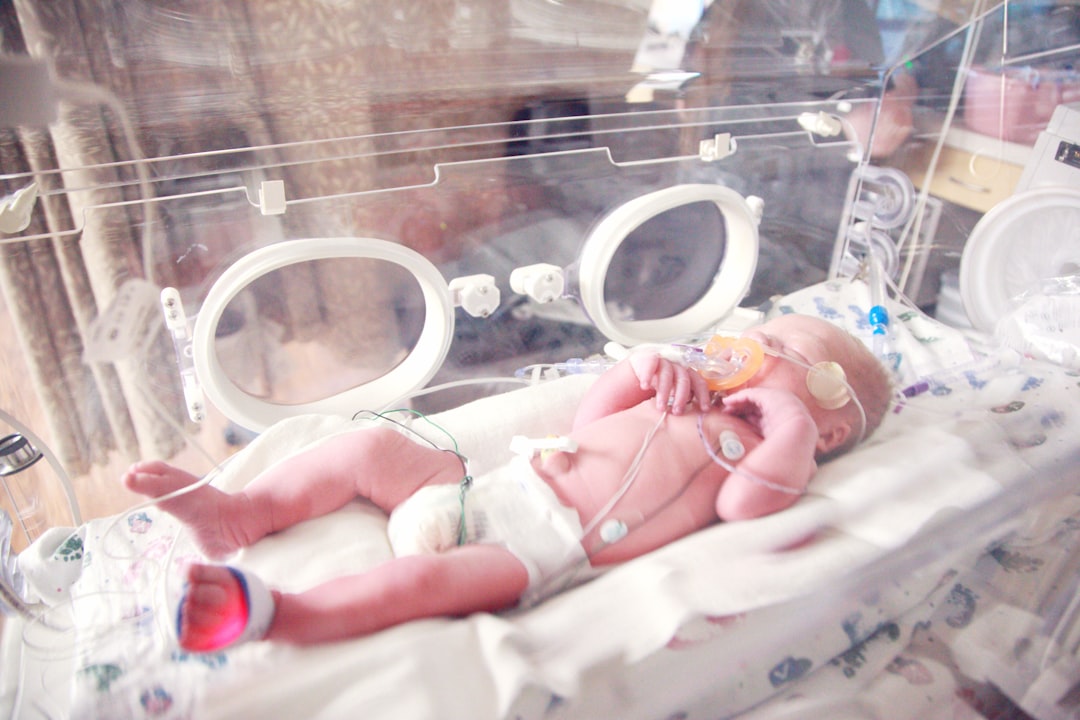What is it about?
This paper provides data indicating that a recovery based treatment program for patients at high risk for suicide can have much better outcomes than usual care. Instead of just improving symptoms and reducing acute risk, the mental health system can aim towards transformative healing and recovery, building inner resilience so that patients can start life on a different trajectory that doesn’t include circling back into repeated crises. One of the hallmarks of the Psychiatry High Risk Program (PHRP) as outlined in the paper is very low rates of ED and hospital utilization.
Featured Image
Why is it important?
This paper presents a paradigm shift in suicide prevention to one that is recovery-based. It is very hard to find the term “recovery” in the suicide prevention literature. For example, that term does not appear anywhere on the AFSP web pages. The current paradigm for suicide prevention is case identification, crisis management, and stabilization. The latter can include brief interventions, such as case management to help with transitions in care, medications (including esketamine), brief therapies, safety planning, or follow-up telephone calls. These can all be helpful interventions over the short-term, but the problem with this paradigm is that patients go into crisis after crisis, with high rehospitalization rates, and many cases eventually end in completed suicide. A remarkable statistic is that the PHRP has not had a single completed suicide of a patient entering the program over the 4 years of the PHRP’s existence despite have had over 400 new intakes of patients at high risk of suicide since inception.
Perspectives
One of the messages that we want to convey in this paper is that there is nothing about our program that can’t be replicated in other regions of the country to lower ED and hospital utilization, and to save lives. The PHRP provides a specialized psychotherapy that is manual-based (dynamic deconstructive psychotherapy) and training is available. Alternative specialized treatments, such as dialectical behavior therapy, could be substituted in a high risk program and might be just as effective. Other elements of the program could also be reproduced, such as the tight quality assurance, multidisciplinary and multimodal team-based approach with a cohesive treatment philosophy, and help with transitions in care. From a financial perspective, the PHRP is self-funded through billings, seeing both Medicaid and private patients, and has grown by approximately 50% per year in new intakes and staffing. Therefore grant support is not necessarily needed unless psychotherapy reimbursement is more limited than in Upstate New York.
Dr. Robert Gregory
Upstate Medical University
Read the Original
This page is a summary of: A Novel Recovery-Based Suicide Prevention Program in Upstate New York, Psychiatric Services, June 2022, American Psychiatric Association,
DOI: 10.1176/appi.ps.202100162.
You can read the full text:
Resources
Contributors
The following have contributed to this page










